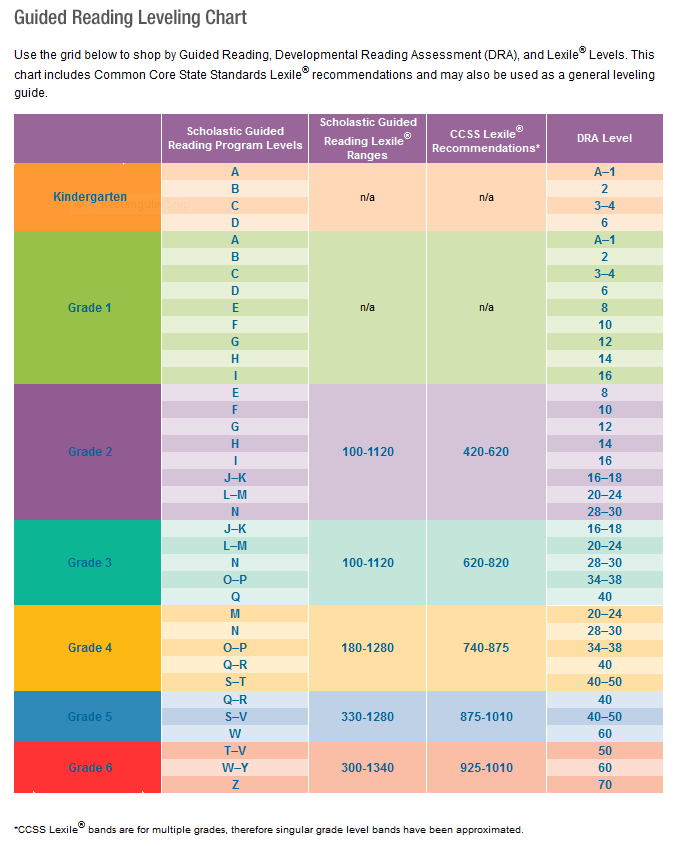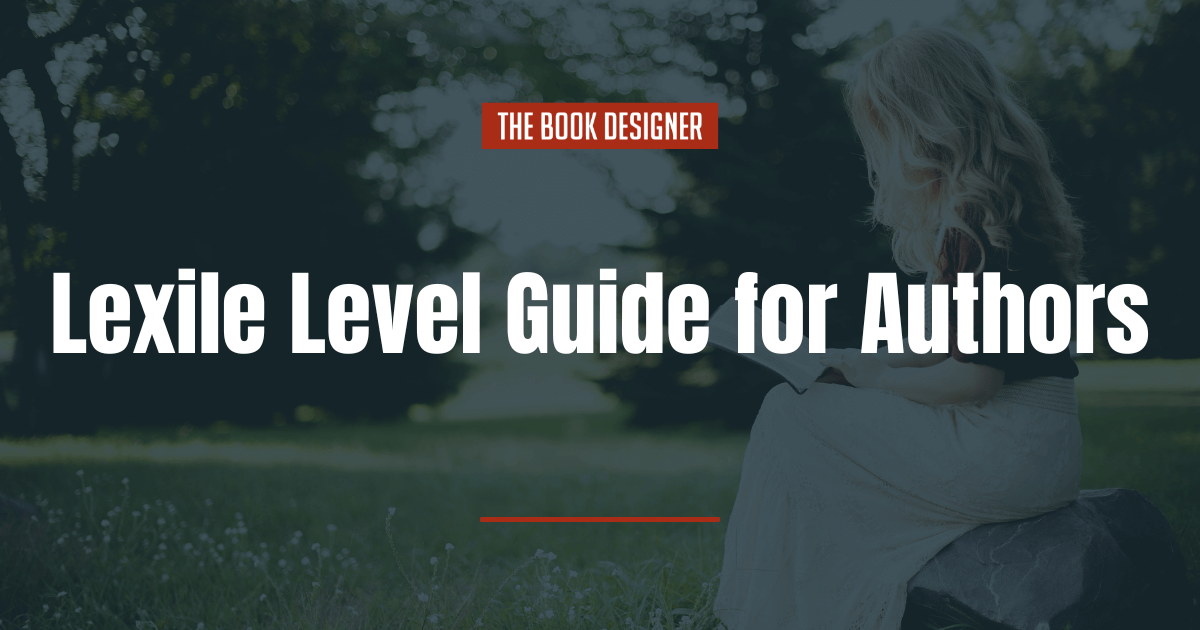If you write any books for children, you need to make sure you’re writing at their reading level. Books that are too advanced can turn away readers whereas ones that are too easy won’t challenge them.
As an author, you want to make sure your book succeeds and using the Lexile level can help your book get into the right hands of readers.
While it’s not a guaranteed way to make your book fly off the shelves, it certainly can help parents find your book.
This lexile level guide for authors will help you understand what it is, why you need to care, how to get a score, and how to use it for your own book publishing.
Here’s what you need to know about Lexile levels:
What is the Lexile Level?
The Lexile level is a method used by schools to measure a student’s reading ability.
According to Scholastic, “The Lexile Framework was developed by MetaMetrics©, an educational assessment and research team, funded originally by the National Institute of Child Health and Human Development.”
After taking a test, a student can receive their Lexile number which measures their reading ability.
Essentially, you want to pair a reader with a book at their reading level or just slightly higher if you’re going to challenge their skills.
Schools and parents use it for their students in order to find accurate books for their students and their general reading level. That’s because most school grades have a certain reading level that they stay within.
Authors need to know the Lexile level so they can write books at the level of their ideal readers. It also helps when it comes to selling a book since you can generally say the reading level your book matches.
Not only does the Lexile level measure word complexity, but it also takes things like word frequency, sentence structure, and some types of grammar into account as well.
This is why you generally see books with lower Lexile level numbers have shorter sentences.
However, it does not often take things like context into account. That’s why some books with heavy, dark themes can have a lower Lexile count than others, even though they should be read by different ages.
Parents generally find books at their child’s reading level and it can also help schools measure if their students are on track or not.
Lexile Level Chart
Let’s take a look at the Lexile level chart itself (created by Scholastic).

With this chart, you can see that the higher the measurement is, the higher the student’s reading level is.
As you can imagine, charts like this don’t always take advanced readers into account. There are tons of kids who read at or below their reading level. However, it’s a general rule of thumb.
Lexile Level Guide for Authors
The Lexile level was designed by brilliant people to help rate how difficult a book is. It’s not a suggestion of a reading level, it’s a set number range that measures understanding.
The last thing you want as an author is to frustrate your readers by writing above or below their reading level.
Now that you know the basics of the chart and how schools use it, you might be wondering how you can apply it to your own book. Let’s dive in.
How Authors Can Use the Lexile Level
If you want to be a child book author, you’re going to need to know everything you can about the Lexile level. It will dictate the words and language you use so you can write for your intended audience without it being too hard for them to read.
If you look at the chart above, you can see that there are general ranges you want to keep your writing in between depending on the age range you are targeting.
Parents will pick books in certain ranges, along with the age recommendations. This is why you need to know the range your book falls into so you can be on the correct list.
If you want to figure out your general range, Lexile has a text analyzer to figure out where your writing is ranking. You’ll need a Premium membership to use the Text Analyzer, but if you write children’s books, it might be worth it for you.
How to Get A Lexile Level for Your Book
Getting a Lexile level for your book is simple.
You will need to go to their certification site to submit your book. They will follow up with more information and a quote.
Then, you’ll send in your book and within the month, you’ll have a certified Lexile measurement. Now, you will be able to use it on your book and in your overall marketing.
Once you have your level, you will be able to put it on your books so parents can find your books for their children. It can also help your marketing to have an actual certified number.
Some book stores also organize their books by Lexile level, so it can help in that regard as well.
Examples of the Lexile Level
Let’s take a look at some famous books so you can get an idea for what kind of reading level is along the Lexile Level chart.
- The Very Hungry Caterpillar by Eric Carle is at reading level J
- Harry Potter by J.K. Rowling is at Lexile level 870L
- Charlotte’s Web by E.B. White is at Lexile level 680L
- If You Give A Mouse A Cookie by Laura Joffe Numeroff is at Lexile level AD 410L
- Where the Wild Things Are by Maruice Sendak Are is at Lexile level AD 740
- The Great Gatsby by F. Scott Fitzgerald is at Lexile level 1070L
- Diary of a Wimpy Kid by Jeff Kinney is at Lexile level 950
Is a Lexile Score Mandatory?
While it’s not mandatory to publish a book, it is growing in popularity as a way to sort and organize books.
More and more schools are relying on the Lexile level in order to buy and use books for their students, so having a score certainly could help you in that regard.
Most schools are making their students be graded based on the Lexile reading score (Lexile claims that over 35 million students in all 50 states have gone through a test).
It can also be flawed and not always the best measurement of a book and if it’s appropriate. For example, The Grapes of Wrath has a lexile level of 680L but the context of the book is heavy and isn’t required reading until high school.
It’s important to keep not only complexity but the content in a book in mind, which a Lexile level cannot always take into account.
With all of that being said, it’s certainly something that can help get your book into the hands of more readers, so with that in mind, it’s a good idea to do.



